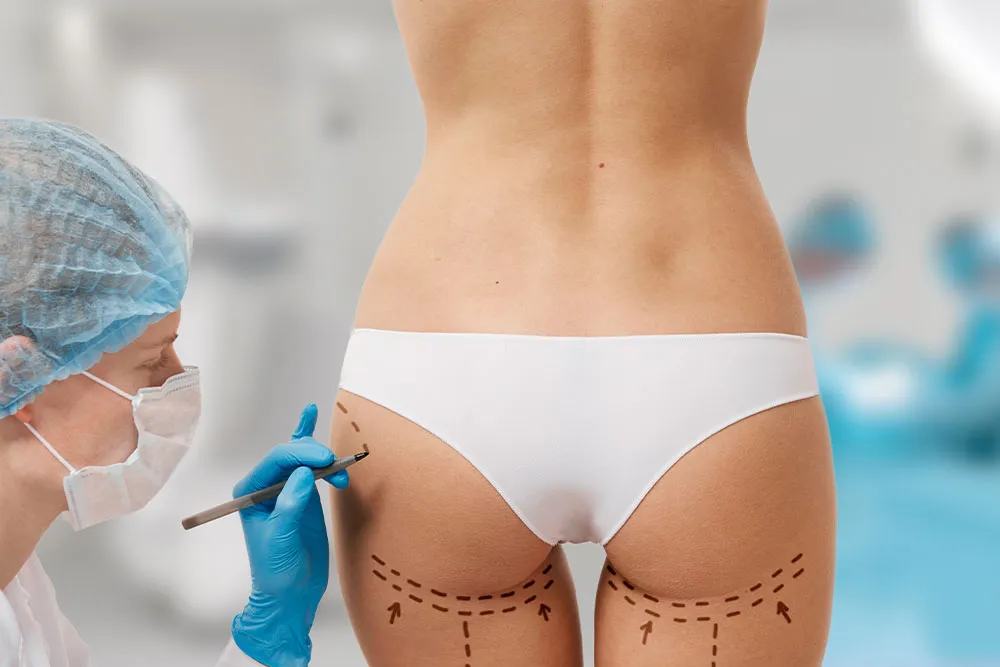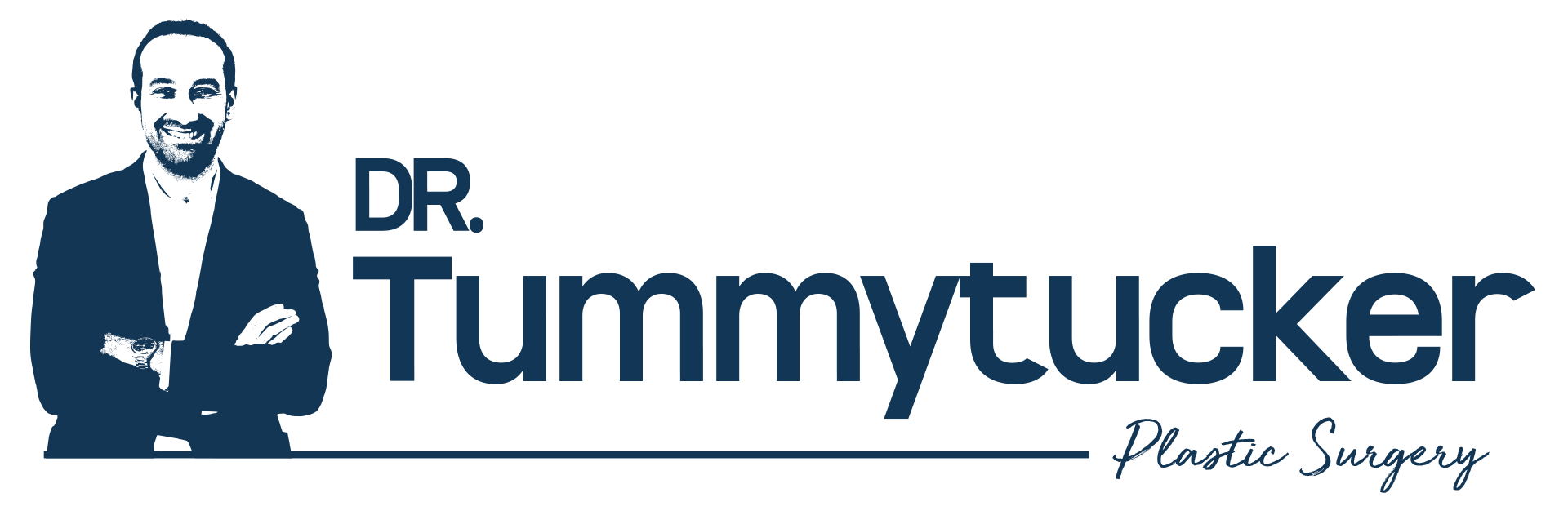History of Brazilian Butt Lift: The Evolution of Body Contouring
- 6 months ago
- By Admin

Introduction to the Brazilian Butt Lift
The Brazilian Butt Lift, widely known as BBL, has become one of the most sought-after cosmetic surgeries worldwide. Renowned for its ability to reshape and enhance the buttocks naturally, this procedure has a fascinating history marked by innovation and increasing popularity.
Early Origins of Buttock Enhancement
The concept of enhancing buttock aesthetics dates back several decades. Initially, attempts to improve the shape and size of the buttocks involved silicone implants and other synthetic materials. However, these methods carried significant risks and often led to unnatural-looking results.
Emergence of the Brazilian Butt Lift
The Brazilian Butt Lift as we know it today was first pioneered by Brazilian plastic surgeon Dr. Ivo Pitanguy in the 1960s. Dr. Pitanguy introduced the idea of fat grafting—transferring fat from one part of the body to another—as a safer, more natural alternative to silicone implants. This technique quickly gained traction due to its effectiveness and natural-looking results.
Popularization and Media Influence
The Brazilian Butt Lift's global popularity soared dramatically in the early 2000s, largely due to the influence of celebrities and social media personalities. Prominent public figures openly discussing their positive experiences with BBL contributed significantly to the procedure's growing acceptance and demand.
Surgical Advancements in BBL
Over the decades, advancements in medical technology and surgical techniques have significantly improved the safety and effectiveness of BBL procedures. Innovations such as ultrasound-assisted fat extraction and precise injection techniques have reduced complications, enhanced results, and streamlined recovery times, making the procedure more accessible and safer for patients worldwide.
Current Trends and Techniques in BBL
Today, BBL continues to evolve, with surgeons utilizing advanced fat purification methods, safer fat injection techniques, and improved patient care protocols to optimize outcomes. The current focus is on achieving natural-looking, balanced proportions tailored specifically to individual patient anatomy and preferences.
Safety Improvements and Regulations
Recent years have seen increased emphasis on safety standards and regulatory oversight in response to earlier concerns about the risks associated with BBL. Professional organizations and experienced surgeons now actively promote strict guidelines to minimize complications and ensure the highest patient safety standards.
The Future of Brazilian Butt Lift Surgery
The future of BBL surgery appears promising, with ongoing research and technological advancements expected to further enhance safety, effectiveness, and patient satisfaction. Continued developments in surgical techniques and fat processing methods will likely make BBL safer and more widely accessible.
Why Has BBL Become So Popular?
The popularity of the Brazilian Butt Lift stems from its ability to provide natural enhancement, reshaping the body without artificial implants. The procedure also appeals to those looking to simultaneously contour other areas through fat extraction, offering dual aesthetic benefits.
This comprehensive historical overview provides insights into how the Brazilian Butt Lift has evolved, illustrating why it remains one of today's most influential and popular cosmetic procedures.
Frequently Asked Questions
The Brazilian Butt Lift was pioneered by Brazilian plastic surgeon Dr. Ivo Pitanguy in the 1960s.
BBL uses the patient's own fat, providing a more natural appearance and significantly reducing risks associated with implants.
Early BBL procedures had higher risks, but advancements in surgical techniques have significantly improved safety standards over time.
Media influence, celebrity endorsements, and growing awareness of safer, natural-looking results have greatly contributed to BBL’s popularity.
Future advancements include enhanced safety protocols, improved fat purification techniques, and further refinement of injection methods to optimize aesthetic outcomes.

